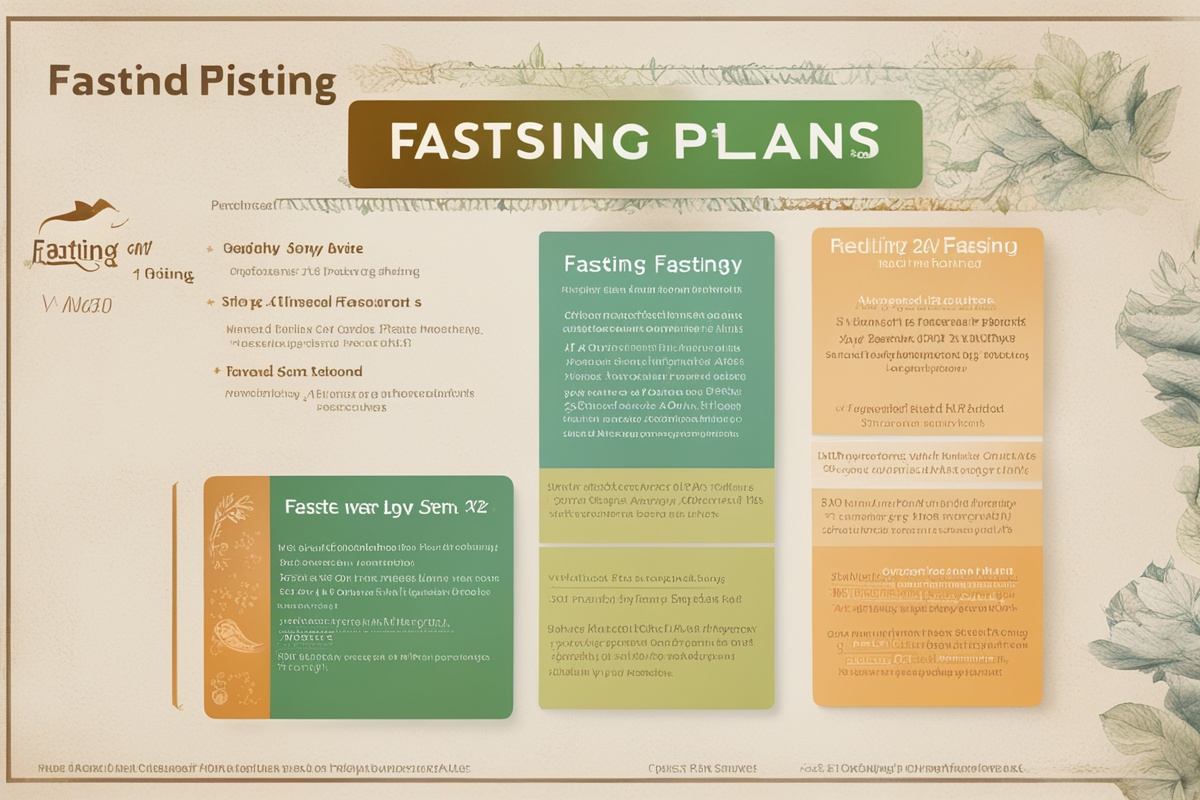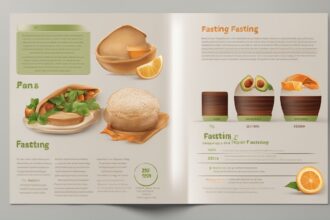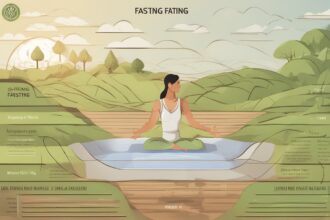Fasting for extended periods can be a powerful tool for health, weight management, and mental clarity. However, embarking on long-term fasting without a sustainable plan can lead to burnout, nutritional deficiencies, or health risks. This post dives deep into Sustainable Tips for Long-Term Fasting, offering practical advice to help you maintain balance, stay safe, and achieve your goals. Whether you’re exploring intermittent fasting, multi-day fasts, or other extended fasting plans, these strategies will guide you toward success.
1. Understand Your Body’s Needs Before Starting Long-Term Fasting
Before diving into any extended fasting plan, it’s crucial to assess your body’s unique needs. Long-term fasting isn’t a one-size-fits-all approach, and factors like age, activity level, medical conditions, and nutritional status play a significant role. Consulting with a healthcare provider or nutritionist can help you determine if fasting is right for you and how to approach it sustainably.
Start by setting clear goals—whether it’s weight loss, improved metabolic health, or spiritual growth. Understanding your “why” will keep you motivated. Additionally, familiarize yourself with the different types of fasting, such as intermittent fasting (16:8 or 5:2 methods) or prolonged water fasting, to choose a method that aligns with your lifestyle. For more on choosing the right fasting method, check out our Guide to Fasting Methods.
2. Prioritize Hydration and Electrolyte Balance
One of the most critical aspects of sustainable long-term fasting is maintaining proper hydration. During extended fasts, your body loses water and essential electrolytes like sodium, potassium, and magnesium through urine and sweat. Dehydration or electrolyte imbalances can lead to fatigue, headaches, or more severe complications like muscle cramps.
To avoid this, drink plenty of water—aim for at least 2–3 liters daily, depending on your activity level and climate. You can also add a pinch of high-quality sea salt to your water or sip on herbal teas to replenish sodium and other minerals. Bone broth (if your fast allows small amounts of calories) is another excellent option for electrolytes during longer fasts. Learn more about hydration strategies in our post on Hydration Tips for Fasting.
3. Ease Into Fasting with a Gradual Approach
Jumping straight into a multi-day fast without preparation can shock your system and make the experience unsustainable. A key tip for long-term fasting success is to ease into it gradually. If you’re new to fasting, start with shorter windows, such as a 12-hour overnight fast, and slowly extend the duration over weeks or months.
For example, transition to a 16:8 intermittent fasting schedule (16 hours fasting, 8 hours eating) before attempting a 24-hour or multi-day fast. This gradual progression allows your body to adapt to using stored energy (like glycogen and fat) for fuel. It also helps reduce hunger pangs and cravings, making fasting more manageable. During the transition, focus on nutrient-dense meals in your eating windows to support your body’s needs.
4. Listen to Your Body and Avoid Overdoing It
While fasting can offer numerous benefits, pushing your body beyond its limits can be counterproductive. Sustainable long-term fasting requires tuning into your body’s signals. If you experience dizziness, extreme fatigue, or irritability, it may be a sign to break your fast or adjust your approach.
Rest is also essential during extended fasts. Avoid intense physical activity, especially during the first few days of a prolonged fast, as your energy levels may dip. Instead, opt for light movement like walking or yoga to maintain circulation without overexerting yourself. For more on balancing activity with fasting, see our article on Exercise and Fasting: Finding the Balance.
5. Break Your Fast Mindfully for Sustained Results
How you break a long-term fast is just as important as the fast itself. After days or weeks of fasting, your digestive system becomes more sensitive, and reintroducing food too quickly can cause bloating, discomfort, or even refeeding syndrome—a potentially dangerous condition involving electrolyte shifts.
To break your fast sustainably, start with small, easily digestible foods like bone broth, vegetable soup, or a handful of nuts. Gradually reintroduce larger meals over a day or two, focusing on whole, unprocessed foods. Avoid heavy, sugary, or fatty meals immediately after fasting, as they can spike blood sugar and overwhelm your system. For detailed guidance, explore our How to Break a Fast Safely post.
6. Build a Support System for Long-Term Fasting Success
Fasting, especially over extended periods, can be mentally and emotionally challenging. Having a support system in place is a sustainable tip for long-term fasting that shouldn’t be overlooked. Share your goals with friends, family, or online communities who can offer encouragement and accountability.
Joining fasting groups or forums can provide valuable insights and motivation from others on similar journeys. Additionally, consider working with a coach or mentor if you’re new to extended fasting. For tips on staying motivated, read our piece on Staying Motivated During Fasting.
Disclaimer: The information provided in this post is for educational purposes only and should not be considered medical advice. Long-term fasting can carry risks, especially for individuals with pre-existing health conditions, pregnant or breastfeeding women, or those on certain medications. Always consult a healthcare professional before starting any fasting regimen to ensure it is safe and appropriate for your individual needs.
References
- Harvard Health Publishing: Intermittent Fasting: Surprising Update
- National Institutes of Health: Effects of Intermittent Fasting on Health and Aging
- Mayo Clinic: Fasting Diet: Can It Improve My Health?
- WebMD: Fasting Diets: What You Need to Know
- Centers for Disease Control and Prevention: Nutrition Strategies and Guidelines
This content is for informational purposes only and not a substitute for professional advice.






